
Miniature dress forms serve as an essential tool in fashion design, particularly useful in the creation of draped garments. These scaled-down versions of full-size dress forms allow designers to experiment with draping methods using less fabric, which is beneficial when working with expensive materials. The practice of using miniature dress forms is crucial for learning how to handle fabrics of varying characteristics, such as hardness, elasticity, softness, and flexibility. Fashion designers rely on these forms to understand fabric properties and to manage the complexities of fabric behavior.
The utility of miniature dress forms extends to pattern drafting and the creative process of fashion design. They are indispensable for visualizing the fit and drape of garments, especially for intricate designs like wedding or evening dresses. The forms are also advantageous when working with designs that require a clear understanding of proportions and harmony, which can be challenging to achieve at a full 1:1 scale. By using a half-scale dress form, designers can step back and better assess the overall look and feel of a design before committing to a full-size prototype.
In the context of pattern making, there are two primary methods: flat pattern making and draping. Miniature dress forms are particularly useful for the latter, aiding in the visualization of design elements that are difficult to capture in flat patterns, such as asymmetry, ruching, and cowls. The process involves pinning fabric to the form, marking pattern lines, and creating notches for alignment, which can then be replicated into a flat pattern. This method is a testament to the versatility and practicality of miniature dress forms in the design process.



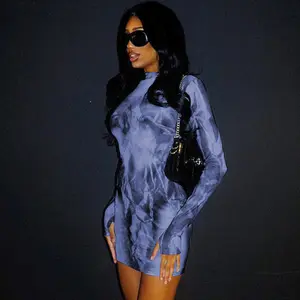

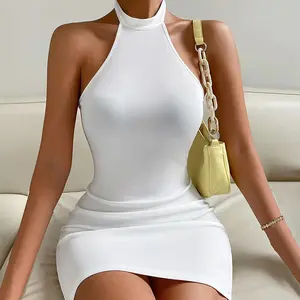


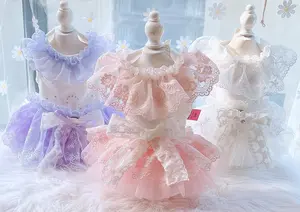

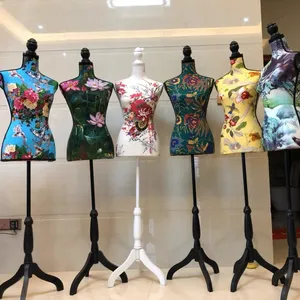

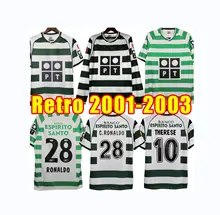

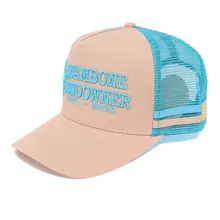
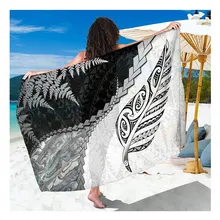

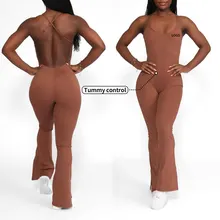






























 浙公网安备 33010002000092号
浙公网安备 33010002000092号 浙B2-20120091-4
浙B2-20120091-4